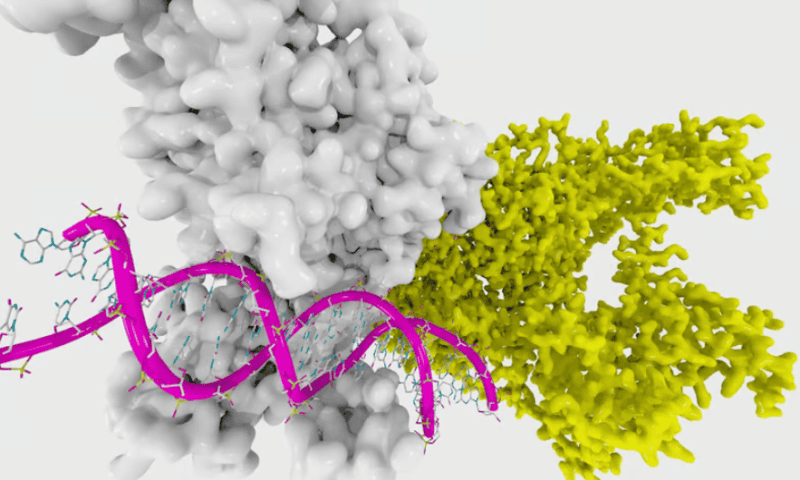Mouse data from a new study published Feb. 28 in Nature and sponsored in part by Chroma Medicine suggest that epigenetic gene silencing can suppress the target gene for nearly a year, providing new evidence for the lasting effects of these therapies.
“To our knowledge, this is the first published demonstration that we can silence a gene epigenetically long-term,” Angelo Lombardo, Ph.D., a researcher at Vita-Salute San Raffaele University who led the study, told Fierce Biotech Research in an interview. “It opens the possibility of further exploiting this technology in other contexts.”
Epigenetic silencing is similar to gene editing in that both methods act directly on a gene. However, unlike gene editing, epigenetic silencing doesn’t fundamentally change the underlying DNA sequence; it works by “decorating” a gene with compounds, often methyl groups, to stop it from functioning. That makes it possible to reverse epigenetic modifications, as well as to avoid the pitfalls of DNA breakage.
Like with gene editing, the changes from epigenetic edits are inherited as cells divide, Lombardo explained. But the alterations can also be reversed, as his team showed in an earlier study on cell lines.
“In our case, we are not editing the genome,” he said. “We’re acting on [compounds] that control gene expression.”
In their latest study, Lombardo’s team altered the PCSK9 gene in liver cells. PCSK9 encodes a protein that regulates levels of low-density lipoprotein (LDL) cholesterol—colloquially known as “bad” cholesterol on account of its role in clogging up the heart’s arteries.
About 20 years ago, researchers found that an ultra-rare mutation that silences the gene for PCSK9 protects those who have it from developing heart disease. The finding set off a flurry of activity to target it as a means of lowering cholesterol, resulting in a new class of drugs and, more recently, gene editing therapies. Epigenetic therapies, which are thought to be less risky than gene editing, have followed.
The new results showed that a single dose of epigenetic modifiers delivered in lipid nanoparticles roughly halved levels of the PCSK9 protein in healthy mice for 330 days and reduced cholesterol levels by around 35%. Adjustments to the technology reduced PCSK9 levels by up to 75%, almost on par with gene editing using CRISPR-Cas9. Though the mice had some transient changes in liver enzyme levels, they otherwise didn’t experience any side effects, the researchers said.
“In conclusion, we establish here a proof-of-principle of durable and efficient epigenetic silencing in vivo by transient ETR delivery, opening exciting possibilities in the field of gene therapy,” the scientists wrote in their paper.
While the study wasn’t set up to test a therapeutic benefit, it is a positive sign for treatments under development by Chroma and, separately, by Tune Therapeutics, which in May 2023 showed that its epigenetic TEMPO platform could silence PCSK9 and lower LDL cholesterol in primates. The findings add to already robust data from those companies that the technology works, Lombardo said, and not just for lowering cholesterol—Tune has tested its platform against chronic hepatitis B virus, for instance.
“There’s accumulating evidence that the platform is really working on several genes and in several diseases,” Lombardo said. His team plans to continue working on identifying more use cases for epigenetic silencing, such as T cell engineering for cell therapies and editing hematopoietic stem cells. Eventually, he hopes to use the tech to target genes in the central nervous system—a challenging feat, as it’s tough to get lipid nanoparticle-based delivery systems to work outside the liver.
“There are difficulties getting to other organs safely and effectively,” Lombardo said. “But that will be one of the next frontiers for epigenetic editing, gene editing and many gene therapy applications.”

